Such destructive and ever-larger wildfires are a perennial event, and each year various agencies must brace–under tight budgets and limited resources–for long, busy months of fighting these fires. Proof that bans on logging, clearing, and grazing are partly responsible for increasing fuel loads is indisputable…
by Marjorie Haun
On June 27, while blistering wildfires rage is several states, the Resilient Federal Forests Act was passed by the House Committee on Natural Resources. Committee Chairman, Rob Bishop of Utah said this:
“Our forest health crisis can no longer be neglected. Active management is needed to reduce the risk of catastrophic wildfire and improve the health and resiliency of our forests and grasslands. More money alone is not the solution. This comprehensive forest management package solves the fire-borrowing problem and gives federal land managers immediate tools to increase the pace and scale of management and restoration projects.”
As summer wildfire incidents are popping up across the country, the case is being made for the Resilient Federal Forests Act, which is intended to improve management of trees in national forests, BLM lands, national parks, and other federally-controlled public lands. These fires are evidence of the need of reform because they are hot, fast, destructive, expensive, and primarily in forests and rangeland that have been under federal management for decades. The lack of proper clearing and logging as fire mitigation, even on some state lands, has been impeded by lawsuits brought by extreme green groups and ideologically-driven policies, and it appears this is a key factor behind the devastating Brianhead Fire sweeping through southwestern Utah. Mike Noel, Utah’s state representative for that district, connects the dots between actions of radical green groups, bans on logging and clearing, and the Brianhead Fire, which has burned upwards of 50,000 acres, dozens of homes, and threatens to spread much farther due to poor forest conditions. This is what he said:
As of today, the federal government’s own Fire Incident Information system is reporting that 79 fires, totaling about 1.7 million acres, are burning across the country, primarily in national forests. Even larger than the Brianhead Fire are the West Mims Fire in the Okeefenokee National Wildlife Refuge (153,000 acres), and the Southwest Alaska Fires (68,600 acres).
Such destructive and ever-larger wildfires are a perennial event, and each year various agencies must brace–under tight budgets and limited resources–for long, busy months of fighting these fires. Proof that bans on logging, clearing, and grazing are partly responsible for increasing fuel loads is indisputable, but for years administrative agencies and Congress have failed to correct the neglectful policies that have turned our national forests and wildlands into fire traps. It’s these failures the Resilient Federal Forests Act (RFFA) is designed to correct. Legislative hearings were held in the House Federal Lands Committee on June 13 and 15, and the hearing on RFFA (HR-2936) was held for the entire House Natural Resources Committee on June 20. Introduced by Arkansas Representative, Bruce Westerman, the RFFA will:
♦Utilizes tools that the FS and BLM can implement immediately to reduce the threat of catastrophic wildfire, insect and disease infestation and damage to municipal watersheds.
♦Utilizes tools that the FS and BLM can implement immediately to quickly remove dead trees after wildfires (in limited areas) to pay for reforestation and rehabilitation after fire. · Incentivizes collaboration and speeds the implementation of collaborative projects.
♦Incentivizes collaboration and speeds the implementation of collaborative projects
♦Creates a pilot program to resolve legal challenges against forest management activities through binding arbitration, providing outside organizations the opportunity to offer an alternative to the challenged activity to be weighed against the FS or BLM proposal by an independent arbitrator. Page 2 of 15
♦Simplifies environmental process requirements, reduces project planning times and reduces the cost of implementing forest management projects while still ensuring robust protection of the environment through thorough environmental review.
♦Encourages and speeds wildlife habitat improvement for wild turkey, ruffed grouse, elk and deer and other “early seral” species. The Forest Service is significantly behind on its targets for this type of wildlife habitat.
♦Creates no new requirements—no new mapping, planning, or reports.
♦Updates and modernizes the Secure Rural Schools law and reauthorizes the Resource Advisory Committees (RACs) that have brought diverse viewpoints together to solve national forest management problems.
♦Provides new methods of funding Forest Service and BLM projects such as ‘revolving funds’ for projects on national forests funded by states (Montana, New Mexico and Oregon have made efforts to fund national forest projects to prevent catastrophic wildfire).
The disturbing impacts of wildfire were noted in the House Committee on Natural Resources hearing on RFFA. They include:
♦Water — One of the biggest post-catastrophic wildfire challenges is the impact of ash and debris on domestic water delivery and water quality. Water agencies have spent hundreds of millions of dollars to dredge reservoirs, clean intake facilities and replace burned-up infrastructure.
♦Mudslides, flooding and erosion, which often occur on the heels of a severe wildfire, threaten water availability and water quality for forest wildlife and human populations alike.
♦Wildlife Habitat — Agency staff rate catastrophic wildfire as one the biggest threats to endangered species habitat (such as Greater Sage Grouse and the Northern Spotted Owl) and as wildfires continue to increase in size, number and intensity, their adverse impacts to wildlife habitat grow as well.
♦Hot, long burning fires burn nutrients out of the soils and reduce water retention, both of which are critical to reestablishment vegetation after a fire.
♦Rehabilitation Costs — The direct costs to the FS for responding to the impacts of catastrophic wildfire, including landslides, flooding and other threats to life, property, water quality and ecosystems have topped $166 million from FY 2011 to FY 2016.7 This figure does not include costs to private landowners, counties, municipalities and water districts.
♦Reforestation Needs — At the beginning of FY 2017, the FS identified 1,125,931 acres (1,759 square miles) in need of reforestation treatment as a result of the impacts of catastrophic wildfire.
♦Property — The impact to homes has been devastating. Between 2006 and 2016, the Forest Service reported that wildfires destroyed 36,827 structures.
♦Human Life — Most tragic has been the 349 wildfire-related fatalities which have occurred over the past twenty years.
During the June 15, draft hearing on RFFA, Colorado Representative, Scott Tipton, shared an account of a ‘win, win’ scenario in which forest health and the timber industry have both seen benefit from proper planning and management:
The RFFA, having been passed through its committee of origination, has a long way to go, with significant hurdles and likely revisions in its way. Free Range Report encourages our readers to contact your Congressional Representatives and ask them to clear the way for full passage of this critical legislation. It will begin to remedy the catastrophic results of decades of neglect and mismanagement in our national forests, and restore our treasured landscapes through balanced, science-driven, ‘win, win’ stewardship.
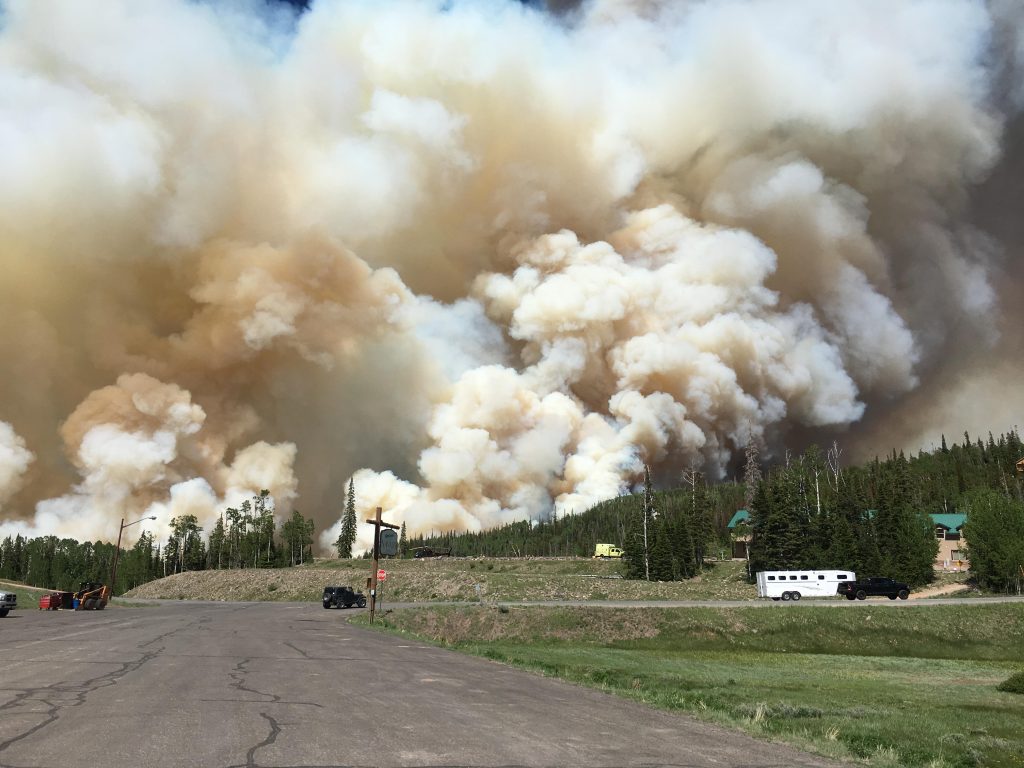
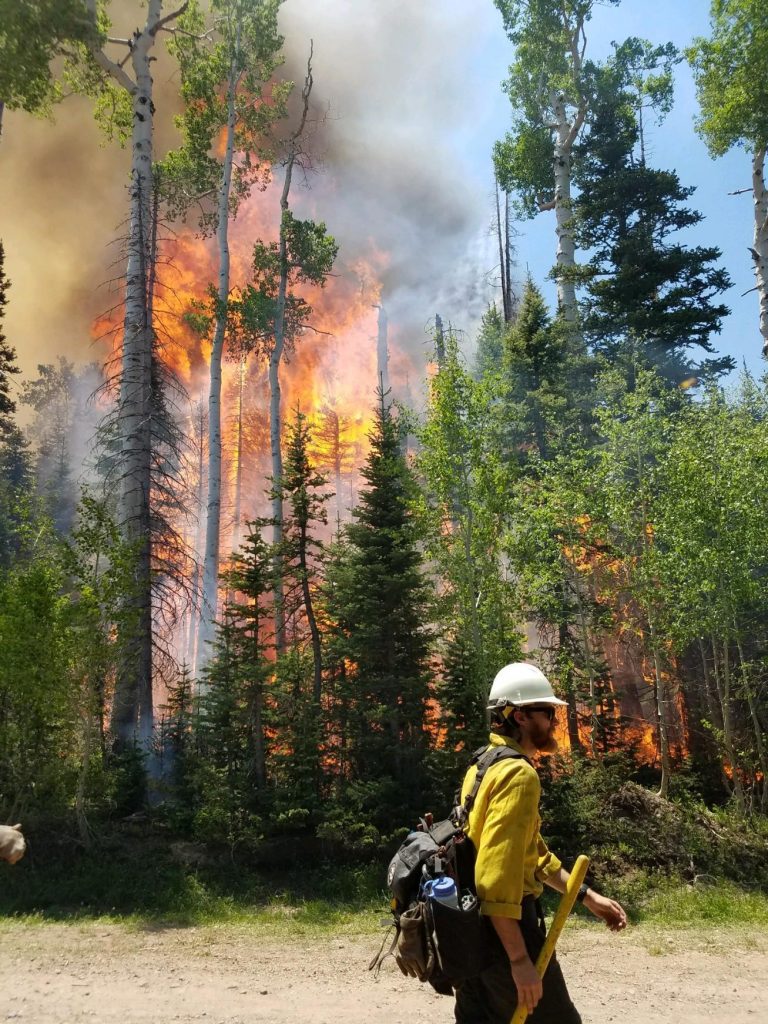

Free Range Report
[wp_ad_camp_3]
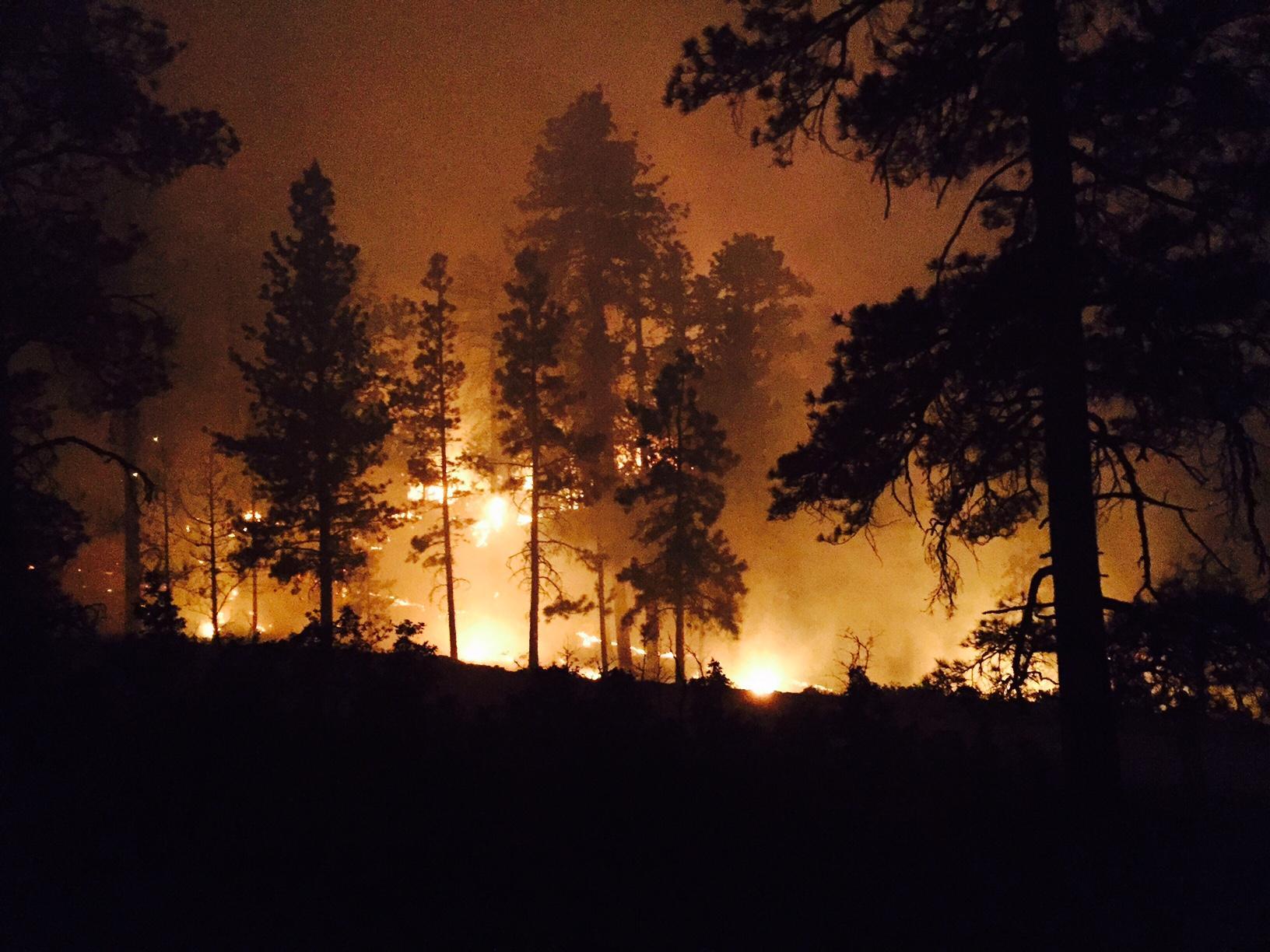
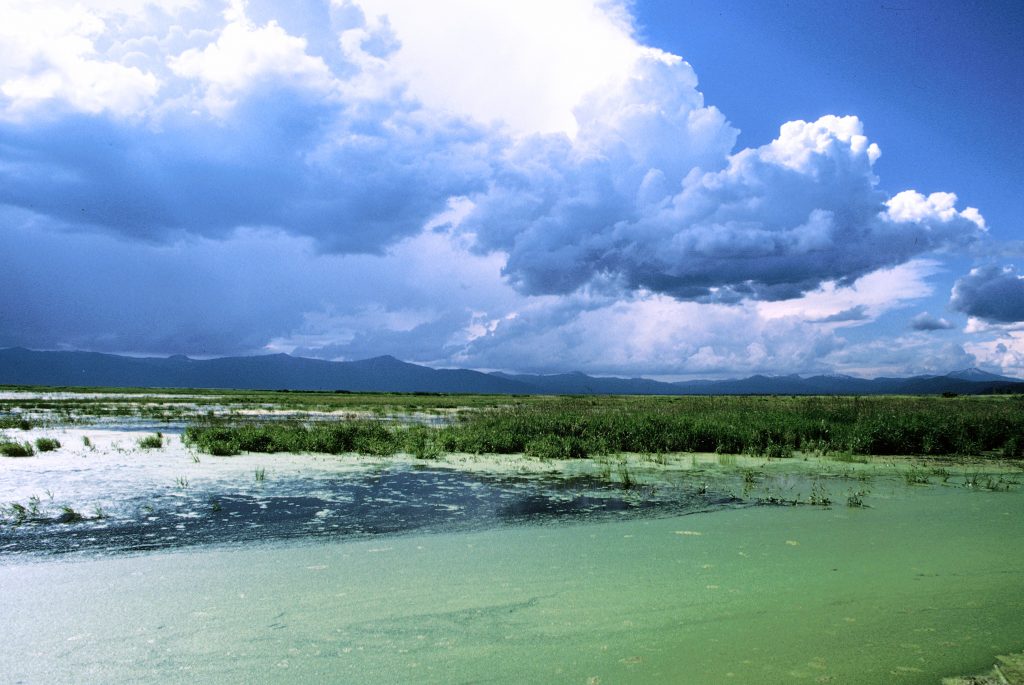
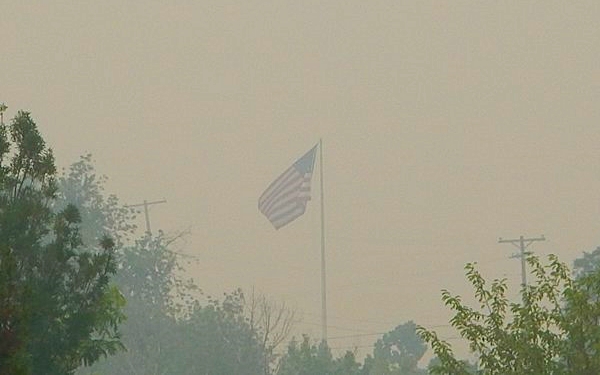
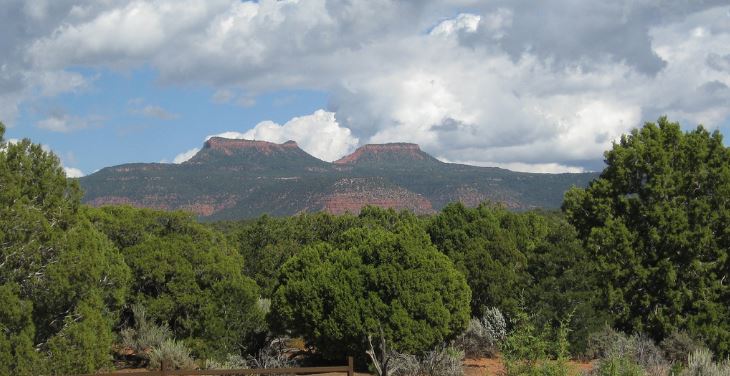
This has to stop ! I watched small towns and villages in the state of CO. Get burned to the ground because of these really large Wildfires. Unbelievable that it’s still happening! Most of these large wildlifes can be stopped by just by letting people clean up the forest floor like they do in Germany (ever hear of any Large Forest fires in the Germans Black forest? )
The way it works here in AK. after a forest fire the State will issue permits (Note: this puts money into the states resources ) for people to cut fire killed trees for firewood / This is a way to clean up the forest floors and prevent burning down large parts of the forest.
“This plan posits the redisposition of approximately 50,000 wild horses held in BLM and USFS corrals in and around selected wilderness forest areas via proportionate allocations based upon established carrying capacity of the land, specifically areas where no conflicting livestock grazing issues exist or are anticipated as well as areas not suited to livestock grazing for various reasons including but not limited to issues related to terrain and management access, predators and sensitive ecosystems not suited to livestock management .”
Report contributed by Bill Simpson
Horses support local ecosystems
Horses, wild or semi-feral horses especially, continue to benefit local ecosystems and habitats. As a grazing animal, horses create a mosaic pattern in their feeding area.
This pattern of tall and short grasses benefits smaller animals, like rabbits, deer and pheasants, which rely on taller grasses for homes or safety.
Habitats of animals are also maintained through a horse’s grazing, which prevents the area from becoming overgrown and limited in use for certain species.
Like birds, horses also disperse or spread seeds. Seeds germinate well after passing through a horse’s digestive system and benefit from manure, which boosts their growth. Spreading seeds throughout a habitat, horses encourage its continued growth and establishment.
Horses also build an ecosystem’s biodiversity. Grazing horses focus on grasses, which protects the growth of other plants, like flowers.
Plants and flowers also receive assistance from horses through the trampling of uneaten and often unwanted vegetation, like weeds. Once the vegetation is dead, plants and flowers don’t have to compete with it for valuable nutrients, water and other resources.
Grasslands are not the only ecosystem benefitting from horses. Wetlands are home to hardier horses, like the Konik breed.
Scotland recently introduced Koniks to their wetlands to eat vegetation. Previously, machinery was used to cut down the growth.
Horses help the environment in many ways. Governments, farms and horse owners continue to develop new ways to reduce pollution from farms and livestock, while generating green energy and managing farm and rural land in a way that’s effective and environmentally friendly.by letting wild horses graze they will heal the land